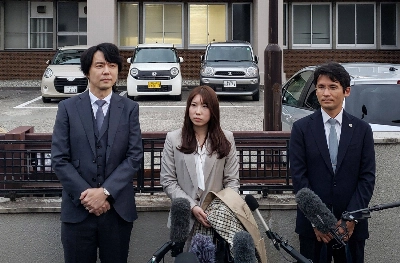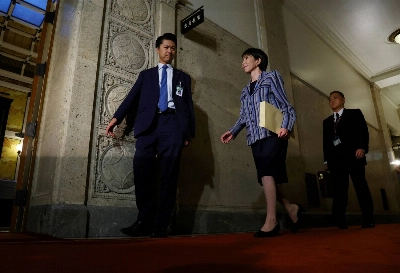At first glance, Japan's latest GDP figures look impressive. In the second quarter of this year, April through June, the gross domestic product in real terms, excluding the effects of price change, expanded 0.6 percent from the previous quarter for an annualized rate of 2.3 percent. Thus the economy continued to expand for the sixth straight quarter since the first quarter of 2002. In nominal terms, without adjustment for falling prices, GDP remained almost flat. The growth rate was just 0.1 percent on a quarterly basis for the first rise in three quarters. This translates to an annualized growth of 0.6 percent.
The composition of growth also looks impressive. Of the 0.6 percent real growth, 0.4 percent was generated by domestic demand with the remaining 0.2 percent by external demand, or net exports (exports minus imports). Thus domestic demand expanded much faster than private think tanks had forecast. Does this mean that the economy is beginning to walk the path of solid recovery? Hardly. Such an assessment seems premature, to say the least.
Both consumer spending and capital investment -- two major engines of internal demand -- continued to decline in nominal terms, although they increased in real terms. The fact is that deflation continues to raise real growth rates.


















With your current subscription plan you can comment on stories. However, before writing your first comment, please create a display name in the Profile section of your subscriber account page.